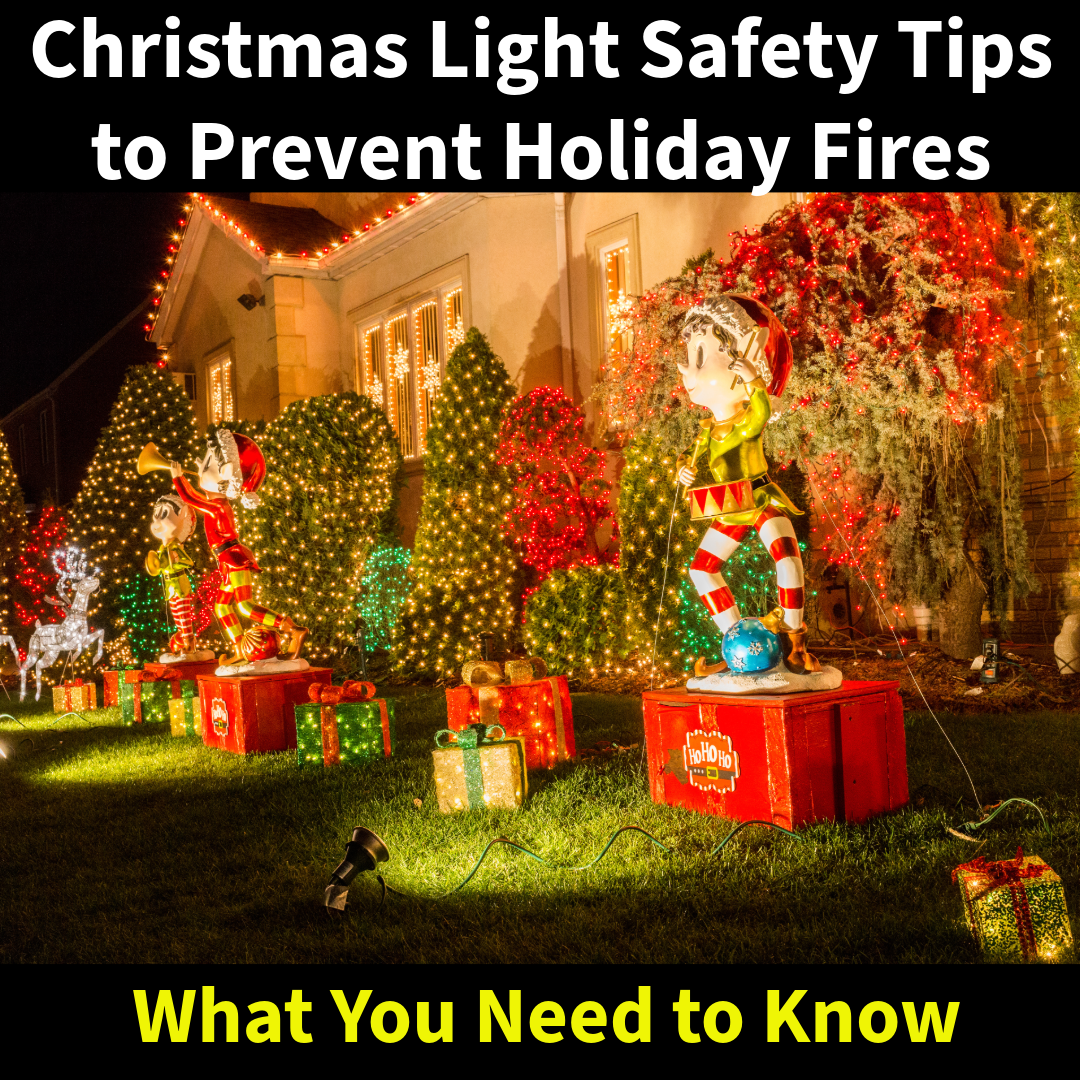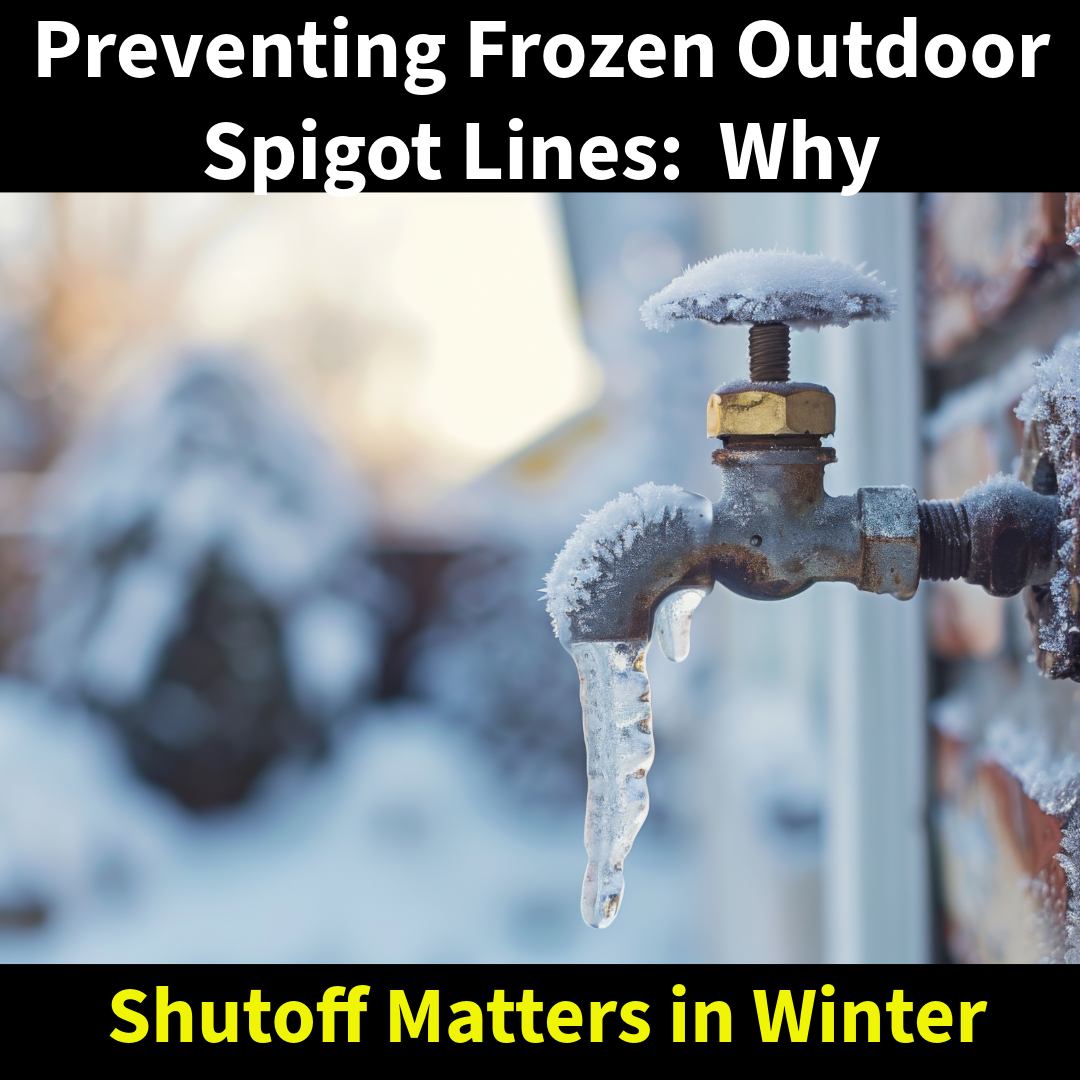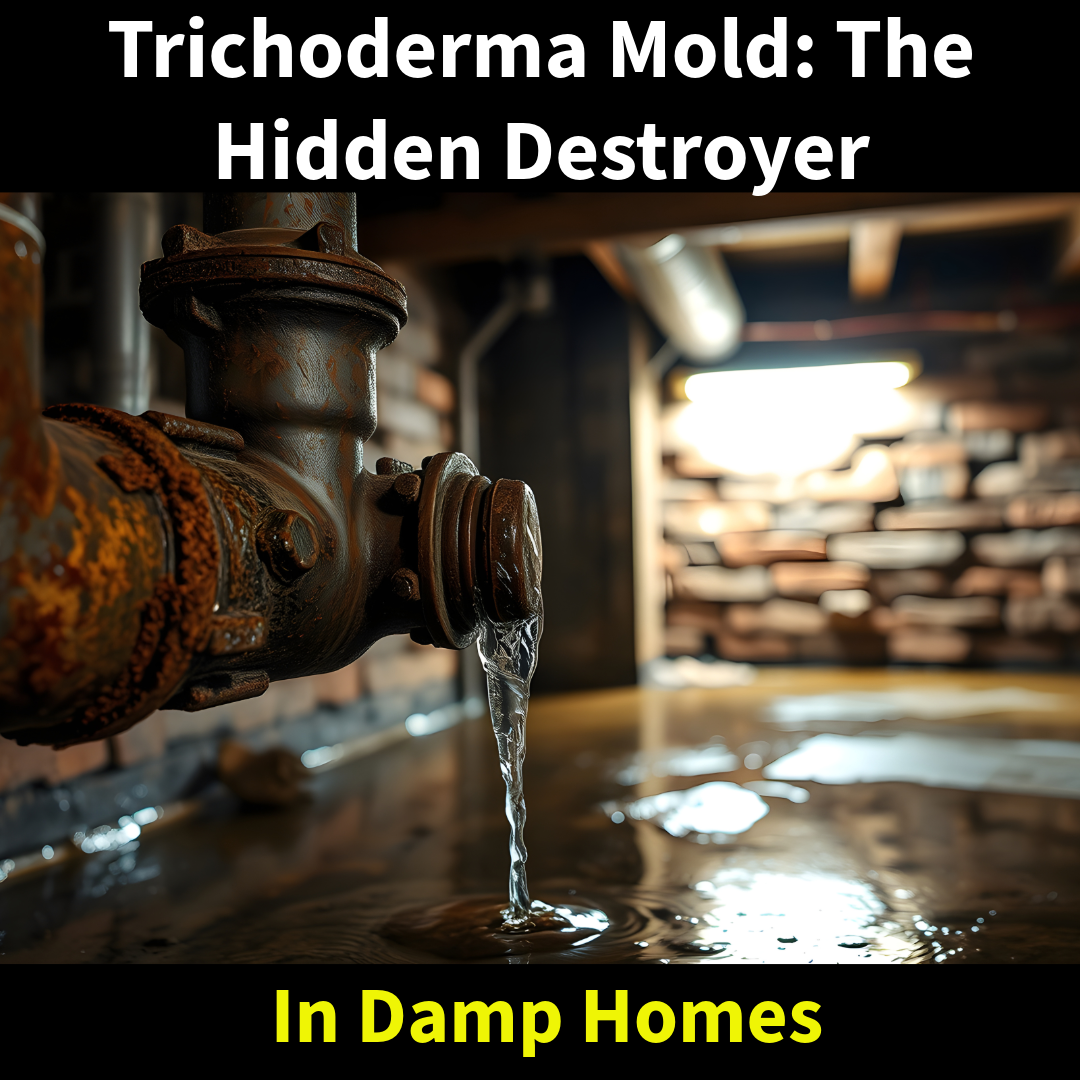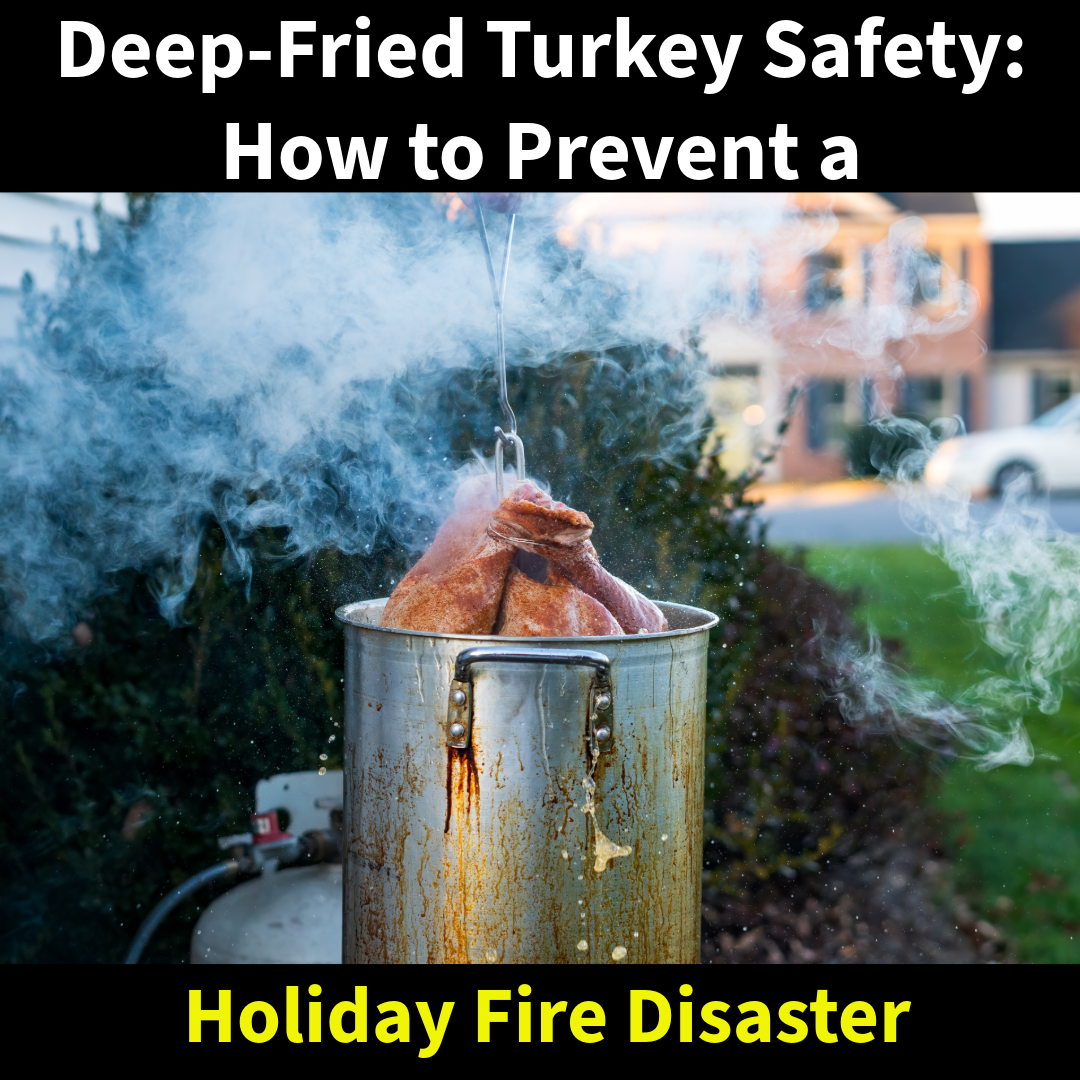Winter storms can leave behind more than snow and ice. Freezing temperatures, heavy snowfall, and thawing conditions often cause hidden water damage that isn’t immediately visible once the storm passes. Many homeowners don’t realize there’s a problem until days—or even weeks—later, when leaks, staining, or mold appear. Taking time to check key areas of your home after a winter storm can help catch water damage early and prevent more serious issues.
Pipes & Water Pressure
Freezing temperatures can stress plumbing systems, especially pipes located in exterior walls, basements, crawlspaces, garages, and other unheated areas.
After a winter storm, pay attention to:
- Changes in water pressure
- Unusual noises when water is running
- Slow leaks around sinks, toilets, or appliances
- Damp spots on walls or ceilings near plumbing lines
Even pipes that did not fully burst may have small cracks that begin leaking once temperatures rise.
Ceilings & Attic Access
Snow accumulation and freeze-thaw cycles can lead to roof leaks and ice dam formation. Water intrusion from above often shows up first on ceilings or in attic spaces.
Check for:
- Discoloration or staining on ceilings
- Peeling paint or bubbling drywall
- Damp insulation in attic areas
- Water marks near attic access panels
These signs may indicate slow roof leaks that started during or after the storm.
Basements & Crawlspaces
Basements and crawlspaces are especially vulnerable after winter storms due to frozen pipes, foundation seepage, and melting snow around the home.
Look for:
- Standing water or damp concrete
- Musty or damp odors
- Wet insulation or exposed framing
- Water around sump pumps or floor drains
Because these areas are often unfinished, moisture problems can go unnoticed without a careful inspection.
Roof Edges & Gutters
Ice dams commonly form along roof edges when snow melts and refreezes. This can force water under shingles and into the home.
After a storm, check for:
- Large icicles along roof edges
- Ice buildup in gutters
- Water stains on exterior siding
- Drips or leaks near exterior walls
Roof-related water damage often appears inside the home long after the snow has melted.
Why These Checks Matter
Winter water damage is often hidden. Heating systems may dry surfaces while moisture remains trapped inside walls, insulation, and flooring. Without proper moisture detection, damage can continue to spread even after conditions improve. Early identification can help prevent mold growth, structural damage, and costly repairs. Painting over leaks especially on drywall is a mistake that could be costly later, as mold will continue to develop on the backside of the drywall and in the edn require more mold remediation.
When to Call a Professional
If you notice any signs of water intrusion after a winter storm—or if your home experienced frozen pipes, roof snow buildup, or recent thawing—calling a professional promptly allows for quick assessment and documentation. Fast response can make a significant difference in limiting damage and preventing long-term issues. Putting it off for later will only cost more in the long run.
The Bottom Line
Winter storms don’t always cause immediate or obvious damage. Taking the time to inspect key areas of your home after freezing temperatures and snowfall can help catch problems early and avoid bigger issues down the road. When in doubt, a professional inspection can provide peace of mind and ensure hidden moisture isn’t left behind. And when moisture does occur, having proper water damage restoration completed will save you time, money and even larger problems down the road.









